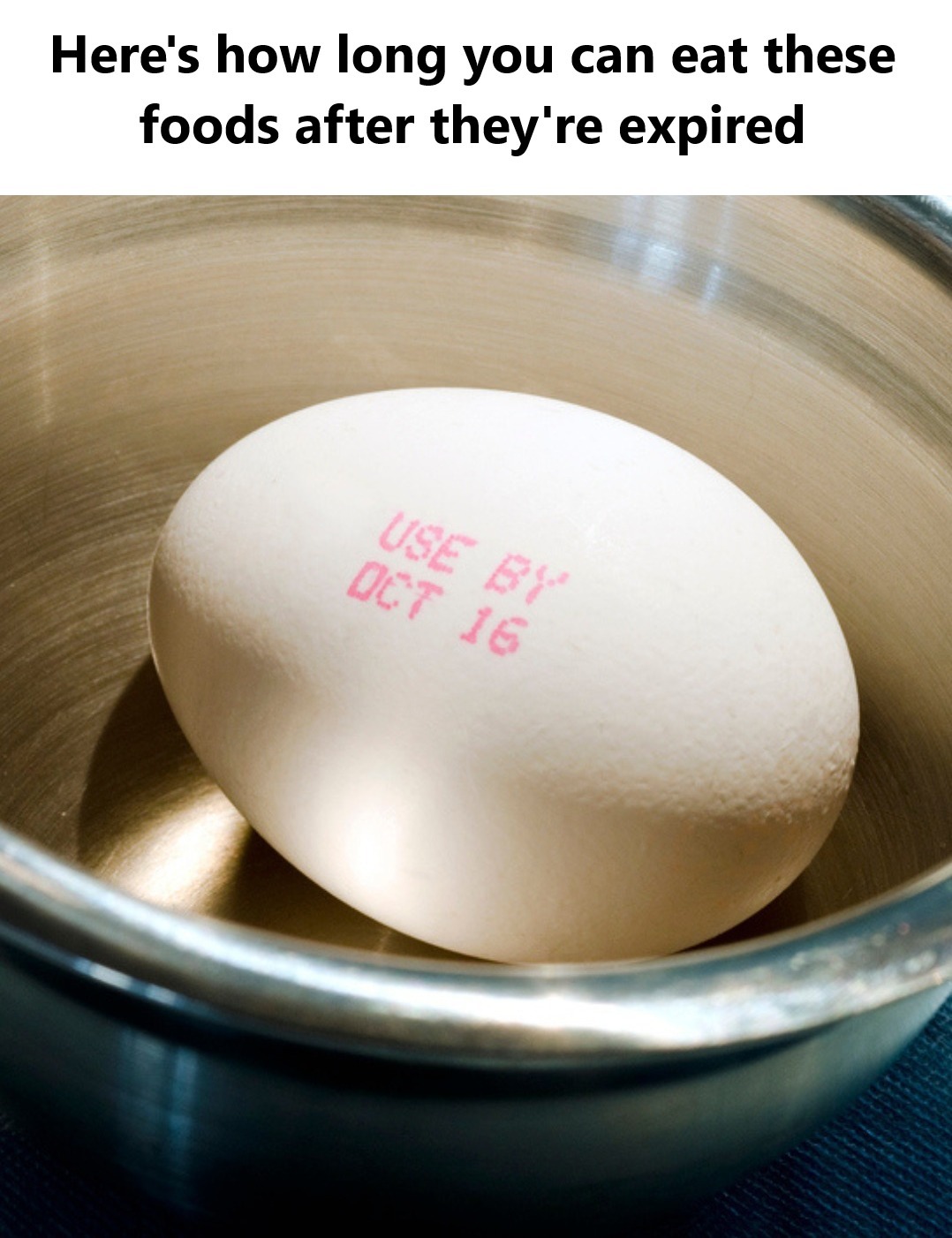ADVERTISEMENT
6. Yogurt
How Long After Expiry: 1-3 weeks
Yogurt can last a surprising amount of time past its expiration date if it’s stored in the fridge. The “best by” date is more about quality than safety, and yogurt will still be good for up to 1-3 weeks after that date if it’s been kept cold and sealed properly. Always check for signs of mold, curdling, or an off smell.
Tip: If the yogurt has separated, simply stir it well. If it smells sour or has mold, discard it.
7. Peanut Butter
How Long After Expiry: 6-12 months
Peanut butter can last a lot longer than the printed expiration date. The high oil content in peanut butter acts as a natural preservative, so as long as the jar is sealed and there are no signs of mold or rancidity, it’s good to go. Even after the date passes, you can continue enjoying peanut butter on your toast, in smoothies, or as a snack.
Tip: Store peanut butter in a cool, dry place, and make sure the lid is tightly sealed to prevent air from getting in.
8. Oatmeal
How Long After Expiry: 1-2 years
Oatmeal, like other dry grains, has a long shelf life. As long as it’s stored in a sealed container in a cool, dry place, it can last for a year or more after its expiration date. The oats might lose some of their flavor over time, but they will still be safe to eat. Just check for any signs of moisture, insects, or an off smell.
Tip: To prolong the shelf life of oatmeal, store it in an airtight container away from humidity.
9. Cereal
How Long After Expiry: 6 months to 1 year
Breakfast cereals are often good for several months after the printed expiration date, especially if they’ve been stored in a dry, cool place. Like other dry packaged foods, cereal may lose some of its crunch or flavor, but it is typically safe to eat. Just check for any signs of staleness, off smells, or discoloration.
Tip: If the cereal is in an opened box, transfer it to an airtight container to keep it fresh longer.
10. Frozen Vegetables and Meat
How Long After Expiry: 3-6 months
Frozen vegetables and meats can last for months — even a year or more — after their printed expiration date. Freezing preserves the food indefinitely, as long as the temperature stays at 0°F (-18°C) or below. While the food remains safe to eat, it may lose some quality over time, so it’s best to consume it within a few months for optimal taste and texture.
Tip: When freezing, keep foods in airtight bags or containers to prevent freezer burn and preserve flavor.
How to Tell If Expired Food Is Still Safe to Eat
Even if a food item is past its expiration date, there are some simple ways to check whether it’s still safe to eat:
- Smell: If it smells off, sour, or rancid, it’s best to discard it.
- Look for mold: Mold can sometimes grow on food even before it’s past its expiration date. If you see mold, toss it.
- Check the texture: If a food is slimy, mushy, or has an unusual texture, it may have gone bad.
- Taste a small amount: If the food looks and smells fine, you can taste a small portion. If the flavor is off, throw it out.
Conclusion
Before tossing food just because it’s past its expiration date, take a moment to assess whether it’s still safe to eat. Many foods can last well beyond their expiration date, and with the right storage, they can still be just as delicious and nutritious. By being mindful of how we store and use our food, we can reduce waste, save money, and make the most of what we have in our kitchens. The next time you find something past its “best by” date, remember that it might just be perfectly fine to eat!
ADVERTISEMENT
